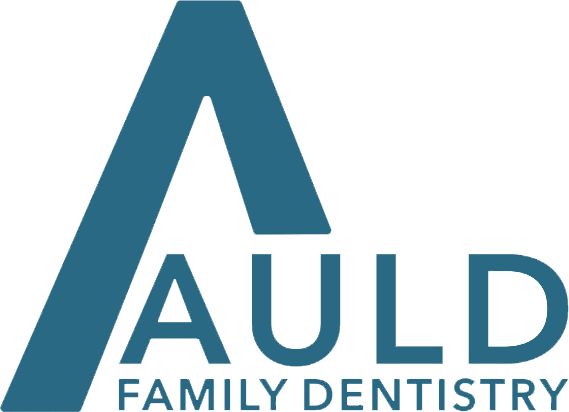What Is Orthodontics?
Orthodontics is a branch of dentistry that focuses on correcting misaligned teeth and jaws. The goal is to improve the way your teeth function and look, helping you bite, chew, and smile with ease. Treatment often involves braces, aligners, or other appliances that guide teeth into proper alignment over time.
Why Orthodontic Treatment Matters
Orthodontic treatment does more than improve how your smile looks—it also supports better oral health and function. Straight teeth are easier to clean, which lowers the risk of cavities and gum disease. Proper alignment can also reduce strain on your jaw and prevent uneven wear on your teeth.
In many cases, treatment can help improve speech, make chewing more efficient, and contribute to long-term dental stability.
Common Orthodontic Problems
Anteroposterior Deviations
These issues involve how the upper and lower jaws align when the mouth is closed.
- Overbite: The upper teeth extend too far forward over the lower teeth
- Underbite: The lower teeth extend further out than the upper teeth Both conditions can affect chewing, speech, and jaw comfort.
Overcrowding
When there isn’t enough space in the mouth for all the teeth to come in properly, they can shift, overlap, or twist.
- Overcrowding makes cleaning more difficult, increasing the risk of decay and gum issues
- It may also affect the appearance of the smile and bite alignment
Aesthetic Alignment Concerns
Even a single misaligned tooth can affect the overall look of a smile.
- Orthodontics can correct minor misalignments with precision
- Treatment may also enhance facial balance by improving jaw or lip alignment in some cases
Who Can Benefit From Orthodontics
Orthodontic care isn’t just for kids. Patients of all ages can benefit from treatment based on their specific needs.
Orthodontics may be recommended for:
- Children as young as 7 for early evaluation
- Teens with developing bite or alignment issues
- Adults looking to correct long-standing concerns or improve appearance
Treatment options today are more comfortable and discreet, making it easier than ever to improve your smile at any age.
Types of Orthodontic Treatments
Orthodontic treatments come in different forms, depending on what’s needed to correct your bite and alignment. Here’s a look at the most common types:
Fixed Orthodontic Braces
These are attached directly to the teeth and adjusted over time to move them into better alignment.
- Metal braces are the most traditional option—strong, effective, and ideal for more complex cases.
- Ceramic braces work the same way but use clear or tooth-colored materials that are less noticeable.
Removable Appliances
These issues involve how the upper and lower jaws align when the mouth is closed.
- Clear aligners like Invisalign are transparent trays that gradually shift teeth into place. They’re popular for their low profile and convenience.
- Other appliances may be used to guide jaw growth or correct specific bite issues, especially in younger patients. These can include palatal expanders, space maintainers, headgear, or functional appliances like Herbst or twin block devices, depending on the type of correction needed.
Retainers
After your main treatment is complete, retainers are used to keep teeth in their new positions.
- They may be removable or fixed, and wearing them as directed is essential for long-term results.
Each type of treatment is chosen based on your specific needs and preferences.

